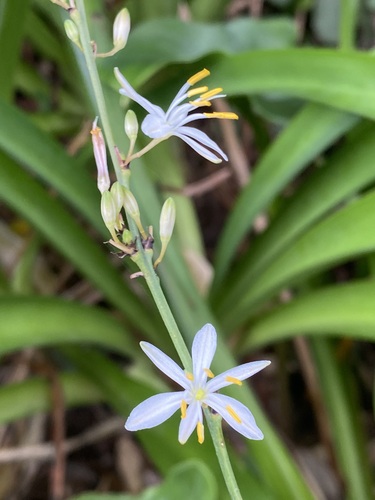Introduction
Moisture and aeration are two of the most important factors in successful composting. Microbes need both water and oxygen to thrive. If the pile is too wet, it turns smelly and anaerobic; if it’s too dry, decomposition slows to a crawl. Learning how to maintain the right balance ensures your compost stays active, efficient, and odor-free.
Moisture Control
The ideal compost pile should feel like a wrung-out sponge: damp but not dripping. Moisture helps microbes break down organic matter, but too much water drives out air and leads to foul odors.
- Too wet: Add dry browns such as shredded cardboard, paper, or dry leaves to absorb excess moisture.
- Too dry: Mist with water evenly using a spray bottle or garden hose with a gentle setting.
- Check regularly: Squeeze a handful of compost—if water drips out, it’s too wet; if it falls apart dry, it needs moisture.
Aeration (Adding Oxygen)
Composting microbes are aerobic, meaning they need oxygen to survive and work efficiently. Proper aeration prevents odor and speeds up decomposition.
- Turn the pile weekly: Use a garden fork to mix materials, moving dry outer layers into the center.
- Spin tumblers 3–4 times per week: Tumbling bins simplify aeration—just rotate to keep oxygen flowing.
- Use aeration tools: A compost aerator or PVC pipes with holes can also improve airflow in large piles.
Practical Tips
- Always cover fresh greens with browns to balance moisture and odor.
- If your compost smells sour, it’s likely too wet—add dry material and turn immediately.
- In hot weather, cover piles with a tarp to retain moisture. In rainy weather, cover to prevent waterlogging.
- Small, frequent turns are better than leaving the pile untouched for months.
Quick Summary
Keep compost moisture like a wrung-out sponge. Add browns if it’s too wet and mist with water if it’s too dry. Aerate by turning weekly or spinning a tumbler 3–4 times per week. Together, these steps create the perfect conditions for microbes to turn scraps into rich, healthy compost.







